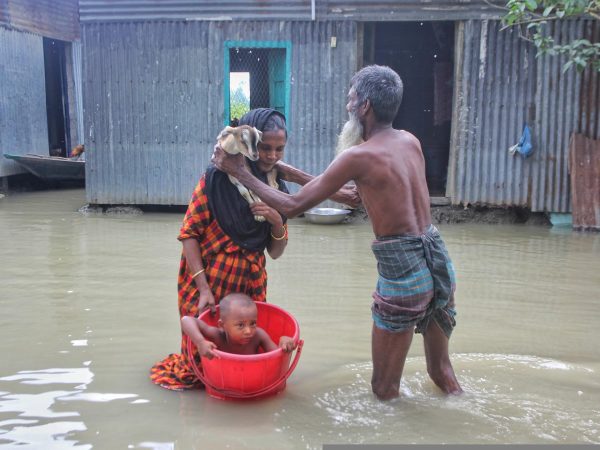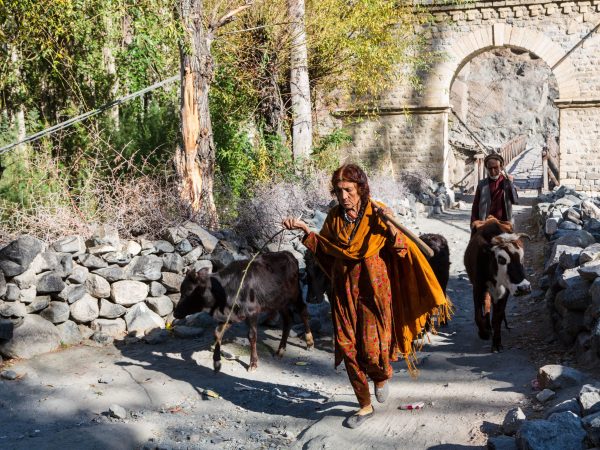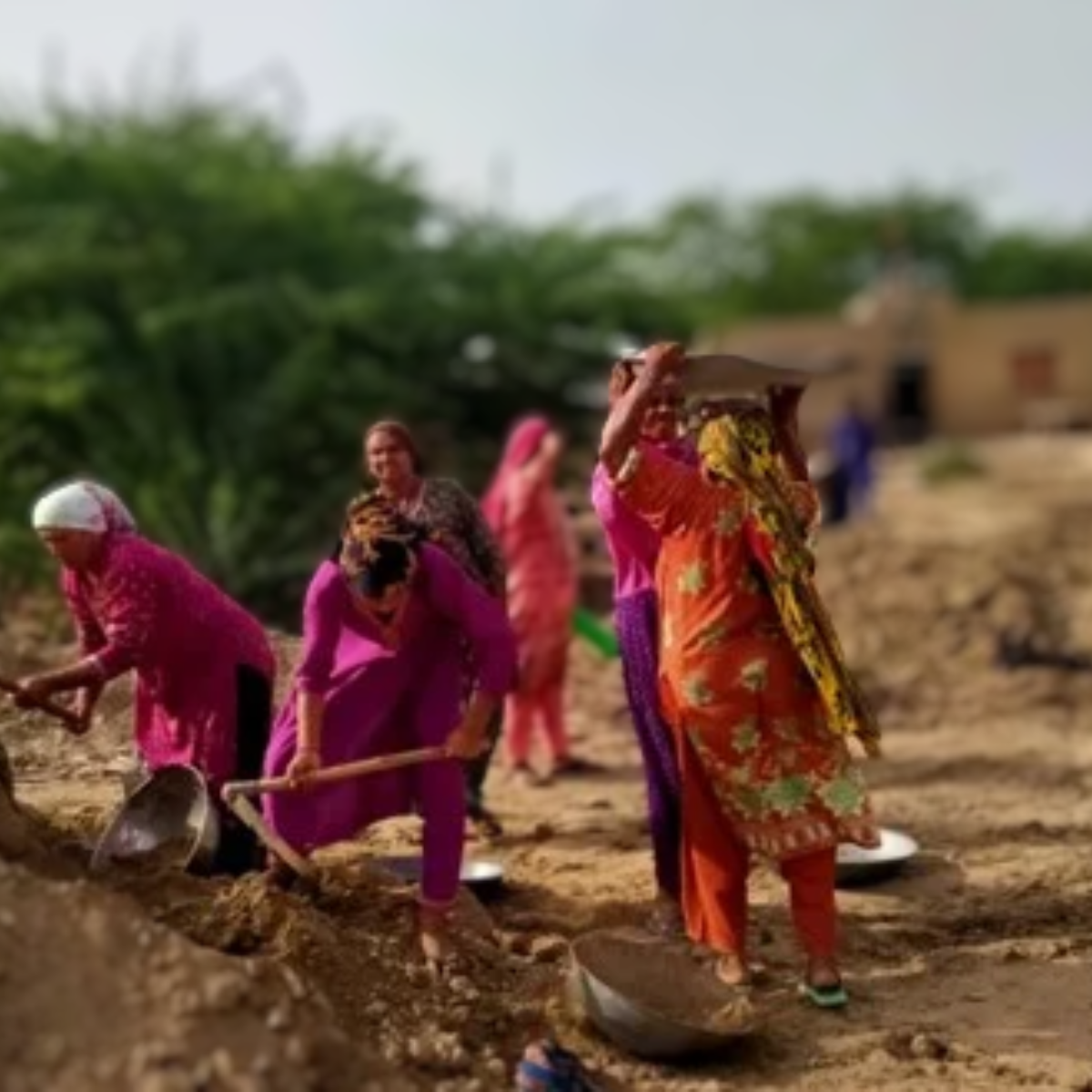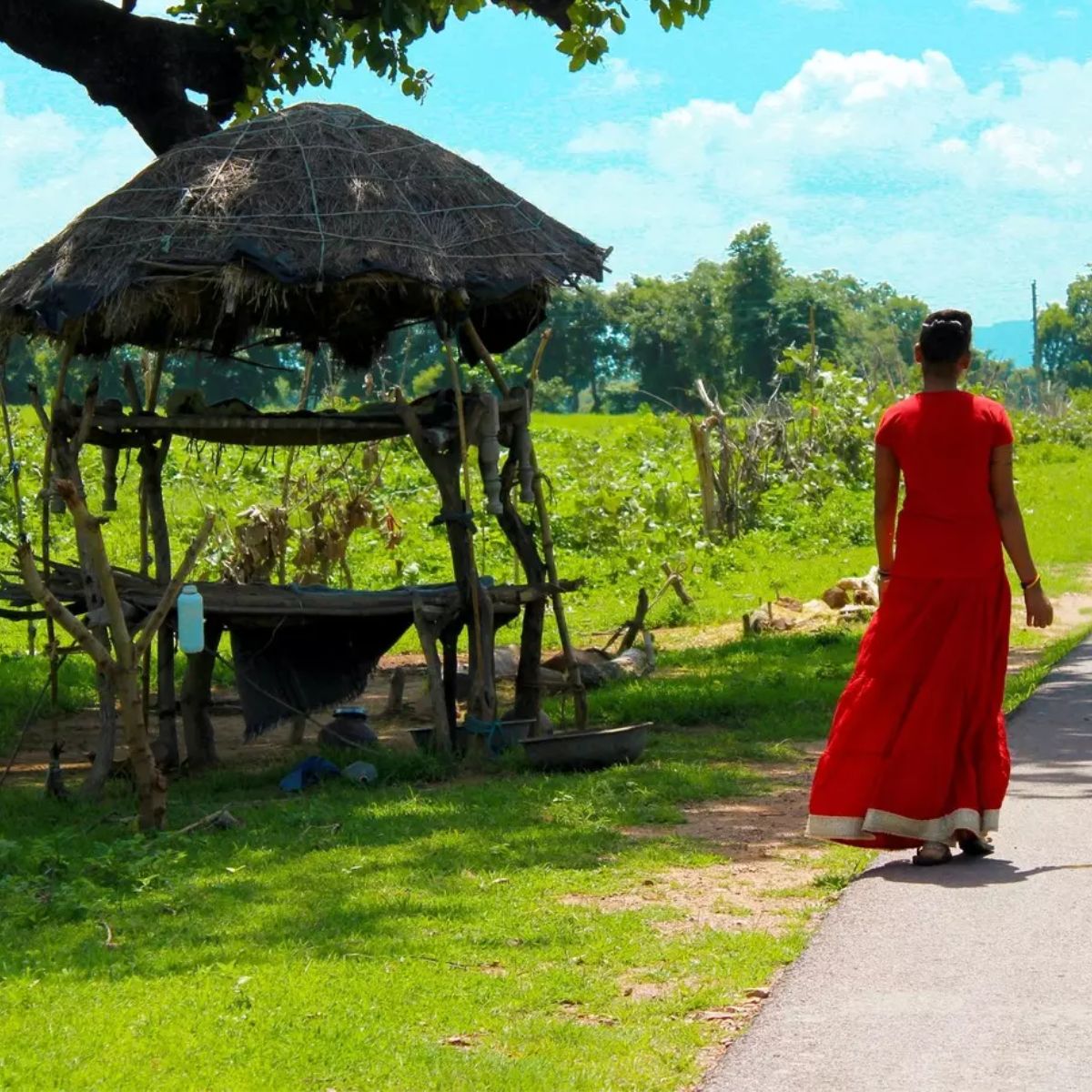How are Gender
roles affected?
Studies show that women and men have different abilities to adapt to climate change due to existing gender inequalities in access to livelihood assets, technology, services and participation and decision-making opportunities.
Updated 7 August 2023
Gender barriers exclude women from decision-making at household and institutional levels, making them more vulnerable to climate risks.
South Asia consists of a total of 11.57 % of the women population out of the total world population. Gender roles influence cropping choices which also influence access to productive and financial resources.
Various climate risks like temperature increase, rainfall variability, sea-level rise impact lives and livelihoods with adverse effects on women.
Climate Change Analysis on South Asia’s Gender Mainstreaming
The ILO recognizes that there is a major data gap on how male and female workers have coped and continue to cope with COVID-19 and other environmental factors or disasters.
South Asia’s Global Gender Gap Index, based on economic participation, educational attainment, health, and political empowerment is 62.3%. This is less than the global average of 67.7%.
The region’s levels of vulnerability are further perpetuated by inherent gender inequality, poverty, and other socio-cultural variables!
Although climate change impacts women disproportionately owing to socio-economic vulnerabilities, women-initiated climate measures have significant outcomes.
Gender mainstreaming builds on the critical knowledge and understanding of women in productive areas like environment, agriculture, biodiversity, livelihood, etc. can help achieve sustainability, environmental preservation, and food security.
While 59% of women in South Asia work in agriculture, over 31% of the region’s female working population live in poverty conditions. Furthermore, between 2017 to 2019, 34.2% of women in South Asia faced food insecurity.
In 2010, nearly 70% of the people displaced by floods in Pakistan people were women and children. In, India during the 2004 Tsunami 70% of deaths in the coastal areas were of women.
India was able to reduce 99% of fatalities in Cyclone Phailin in 2013 when compared to 1999 with the cooperation of both men and women.
South Asian countries have adopted several measures to mainstream gender-based solutions in climate change plans and policies through SDGs, NDCs, national action, and adaptation plans. It is important to keep including women in climate change decision-making to reduce economic losses.




